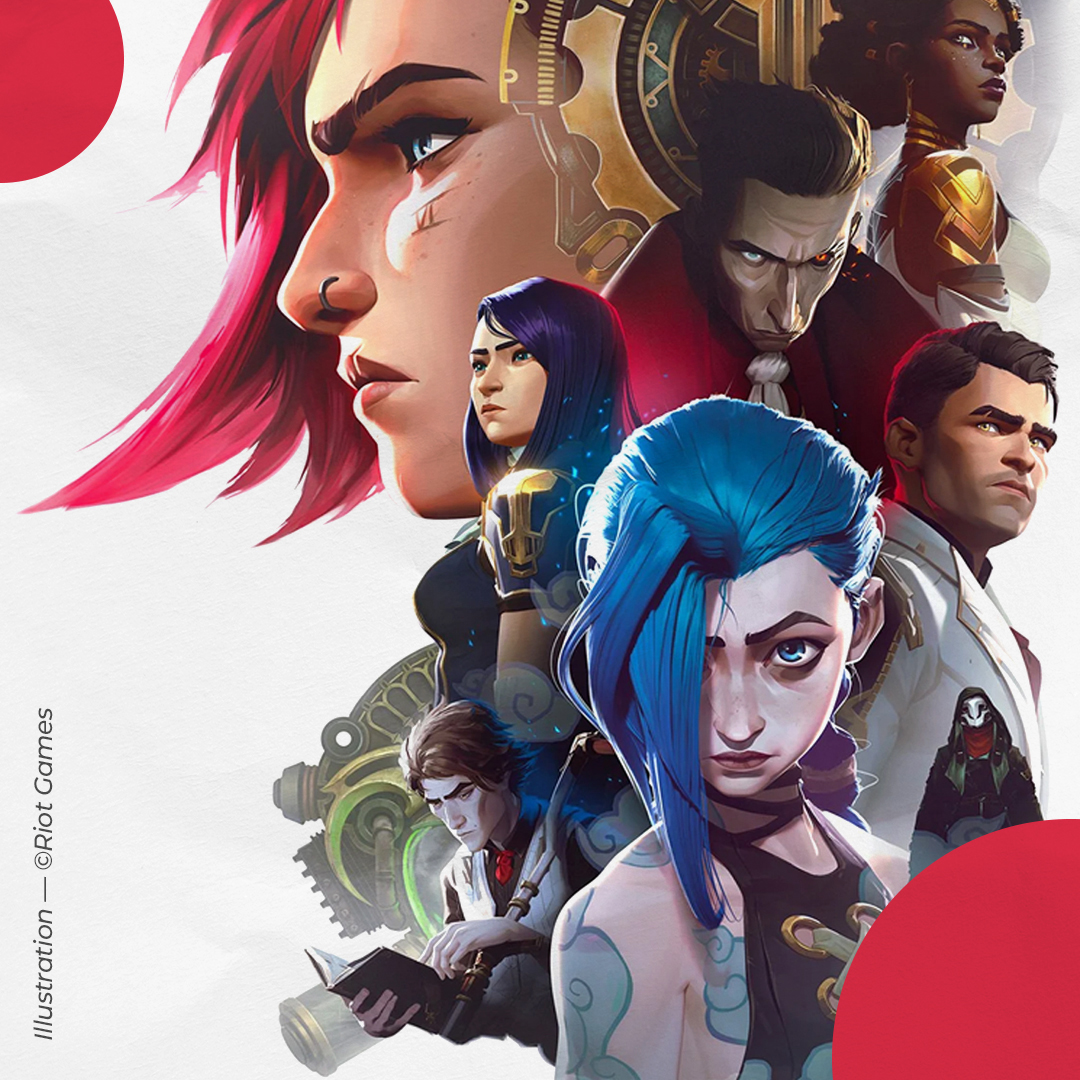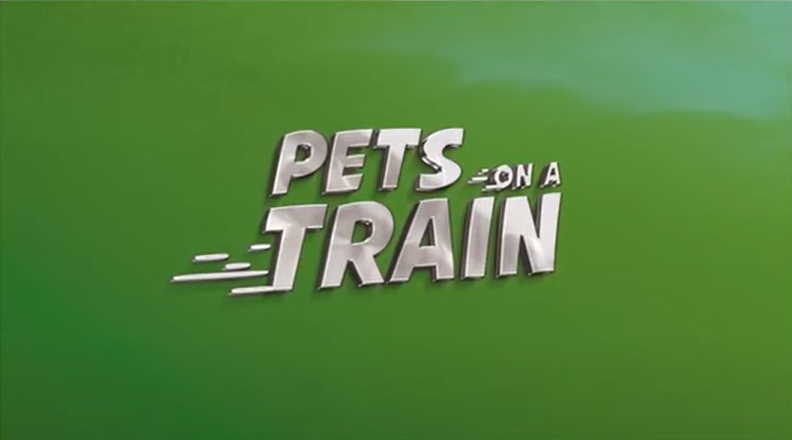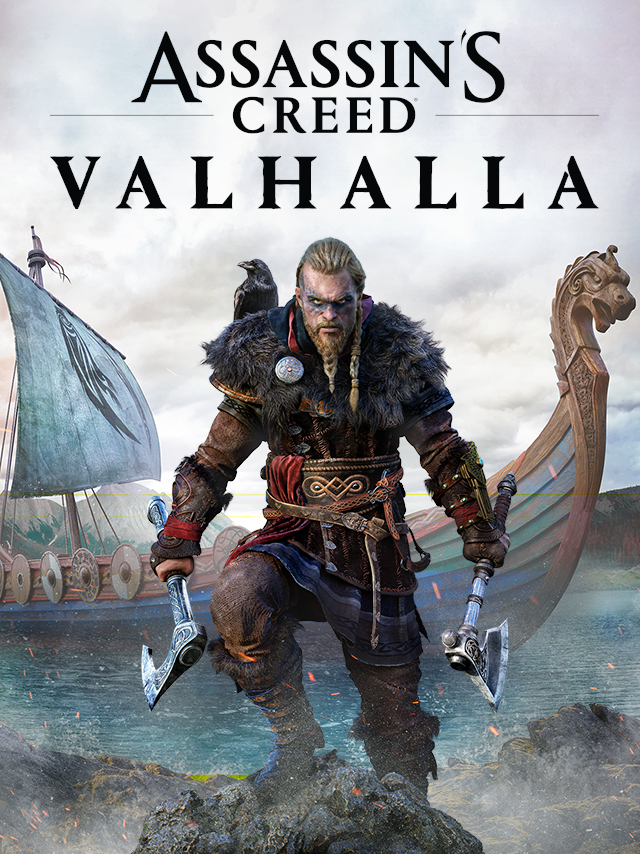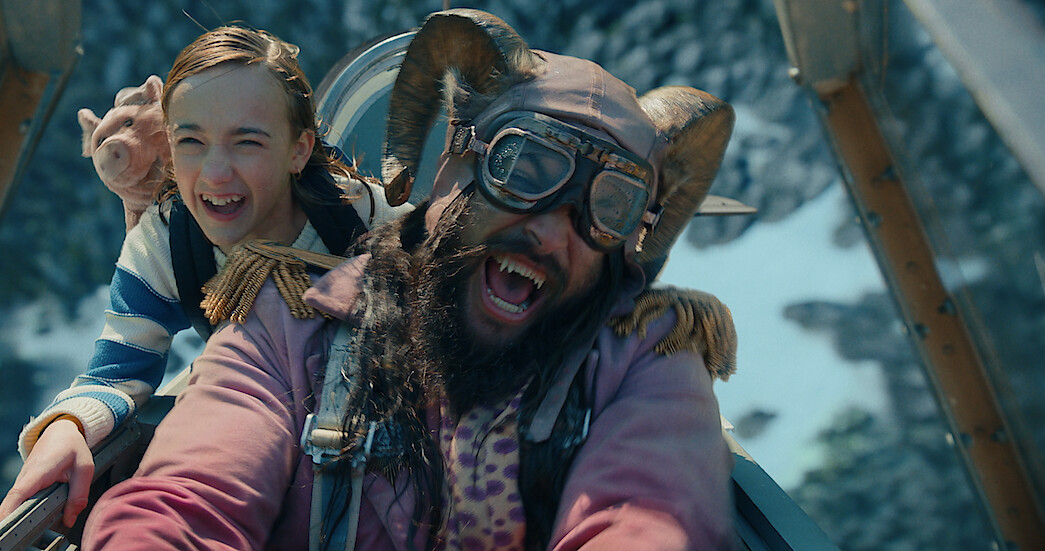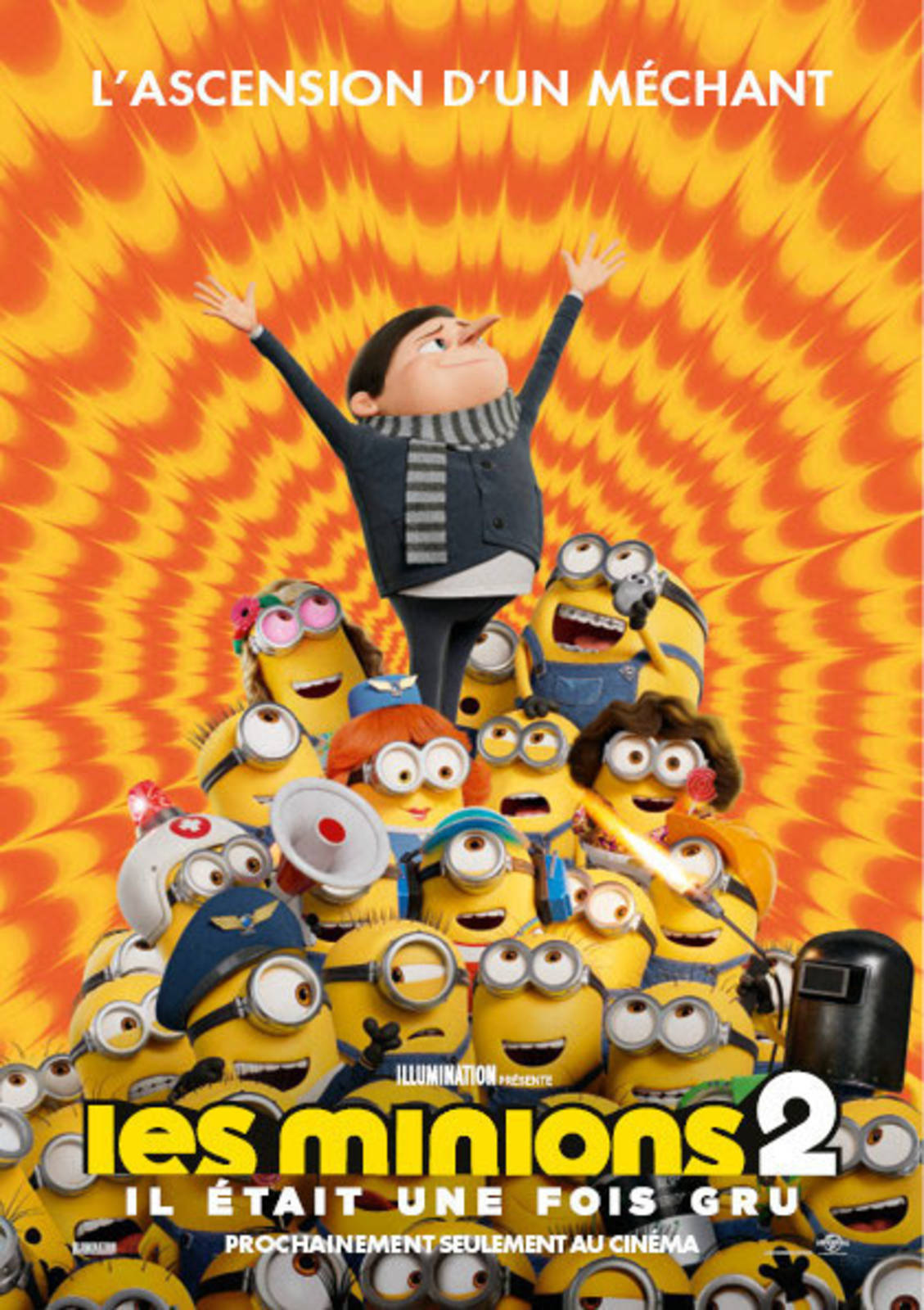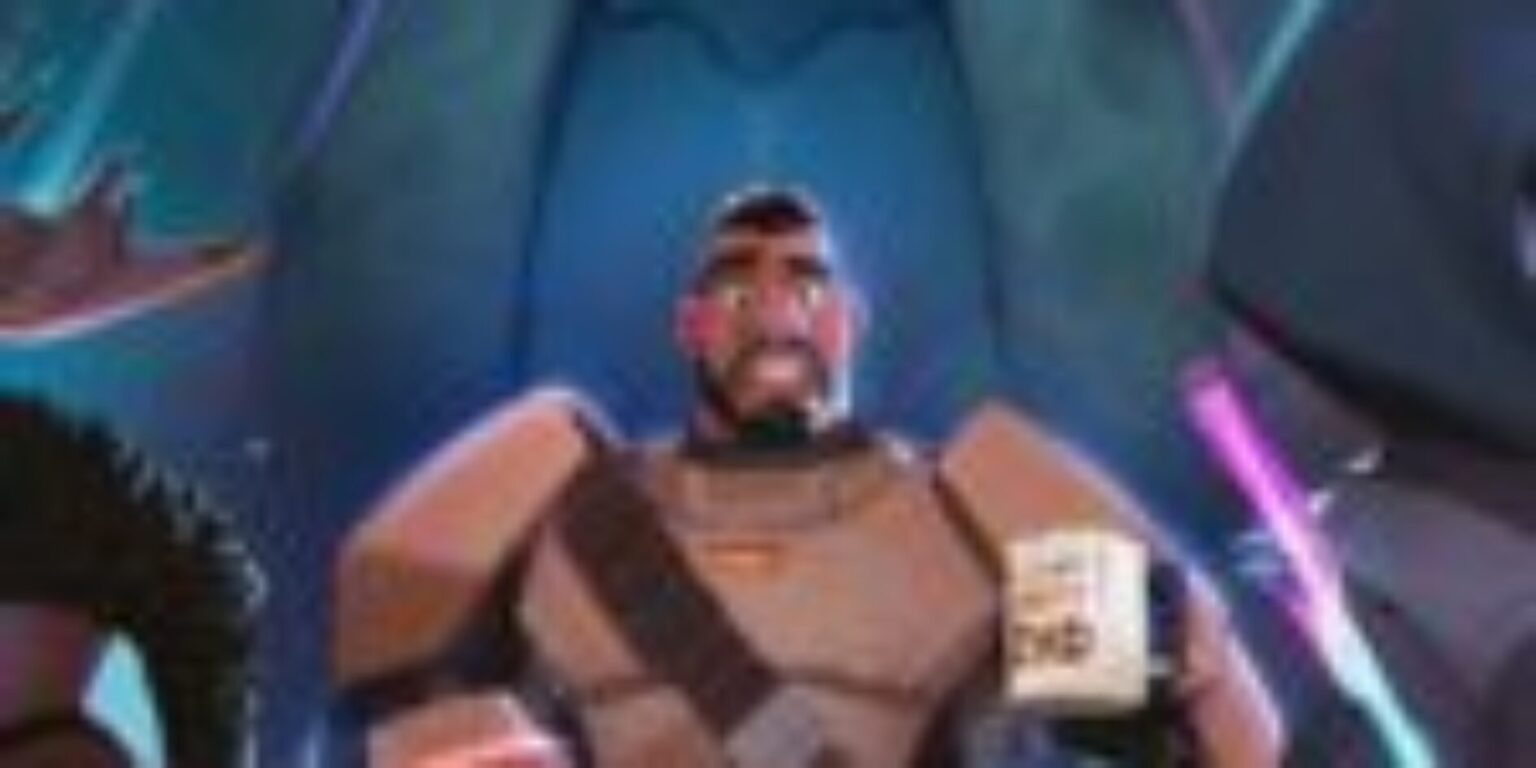
Like many of our former students, Florian Petiteau was a fan of animation when he was young. To make his dream come true, he enrolled at ESMA Nantes. On graduating, he wasted no time in starting his career in London, before developing a career rich in diverse collaborations.
A look back at the ESMA years
WHAT WAS YOUR CURSUS BEFORE ENTERING ESMA?
Before coming to ESMA, I was at secondary school in the STD2A stream (Science and Technology of Design and Applied Arts). I graduated with my baccalaureate in 2015 before starting the first year of the professional 3D animation and special effects course at ESMA Nantes.
WHY DID YOU CHOOSE THE 3D ANIMATION & SPECIAL EFFECTS TRAINING AT ESMA?
I’ve been a fan of animation since I was a kid. I really developed this passion at the beginning of secondary school when I discovered the making of DVDs of Disney and Pixar films. I’ve always wanted to work in the field of animated film, but dreams of going to top schools in Paris or abroad seemed complicated, especially financially. Animation schools are often quite expensive. Fortunately, ESMA opened a branch in Nantes near where I live. In 2013, I was able to visit the premises during the open days and it seemed like a no-brainer. I already knew about the school through its reputation and its short films on Youtube, and the fact that it was opening in Nantes was a real opportunity for me and my dream.
how do you feel about your studies?
Very positive! I found the first two years quite intense. Having just come out of high school and having hardly touched a computer before coming to ESMA, I had to find my feet and gain confidence in myself. But I loved those 4 years! The creative environment, the teaching team, the class, everything was really perfect.
DIFFICULTIES? THE PLUS?
My favourite part was the end-of-year projects. Having to draw on everything we’d learnt during the year for these projects meant that we were able to link up all the disciplines and sometimes better understand things that weren’t necessarily clear to us during the lessons.
I wouldn’t say that ESMA is a long quiet river, it requires a lot of work and commitment. But when you arrive on the job market, you realise that all the time you invested was really worth it, and that you’re armed and competent to start out in the world of work.
THE WAY TEACHING HAPPENED ? THE TEACHERS? THE LEARNING?
The teaching was great! We were lucky enough to be a small class with teachers we kept from first to fourth year, which I think makes all the difference. The teachers were very approachable, very good listeners and very patient. It helped to create a bond and to be able to keep in touch with them even 4 years after graduation.
how did your professional integration go after leaving esma? what did you expect when you left school?
I entered the job market 2 months after the job fair in Montpellier. I got back in touch with the London studio Untold Studios, with whom I’d had a very good discussion during an interview. We had another meeting and a few weeks later I left for London as a VFX Artist for my first contract. It was very stressful because at the time of the interviews, Untold had just launched and had neither a website nor a demo tape to show us. But the enthusiasm of their team was enough to motivate me and I accepted their offer of employment without a second thought. And I couldn’t have hoped for a better first experience. The people, the projects, the atmosphere – it was all great.
Your career path
can you tell us about your time in the various studios where you’ve worked?
Since I graduated in 2019, I’ve been lucky enough to work in some great studios!
Untold Studios first of all. It was a great experience, I was able to work on major advertising projects like the launch of the Playstation 5, working with former sups and leads from well-known studios like ILM and Weta for example. I stayed at Untold for around ten months, where I was able to continue working during the start of the pandemic. But in August the pace of production (at Untold and in the UK generally) slowed down and I had a few opportunities in France so I returned.
Two days after my return I started work for Brunch Studio as a Modeling/Surfacing Artist on an advert for Lidl UK.
At the end of my assignment I was taken on by Kombbo as a generalist/CG sup on a video game trailer project. Then I was able to work for Dwarf Animation remotely from Paris on their My Dad the Bounty Hunter series. At the end of my contract, I returned to Supamonks, where I had done my internship in 2018. I started with them in lighting/compositing and then quickly progressed to CG Sup on trailers for Clash of Clans, Clash Royale and a spot for Unicef with the Rabbids. After 1 year with them, I did a small contract at Unit Image as a lookdev artist, then I was hired by Hari on the Grizzy and the Lemmings series as a Lighting/Rendering/Compositing Sup.
All these experiences have given me a lot because they’re all varied and different from each other. I’ve been lucky enough to learn a great deal each time and to come across some extremely competent people to support me.
can you tell us about the different projects you’ve worked on in the different studios?
My first big project was the Playstation 5 launch trailer, which I worked on in London. I’ve never learnt as much on a production as I did on that one. I was lucky enough to work on new software and new tools, to be able to talk to lots of people from all departments, and that gave me a huge amount of training.
On my return to France, I worked at Brunch and Kombbo on a spot for Lidl in the UK and a trailer for the mobile game Crash Bandicoot.
At Dwarf I was able to work on the textures and shadings of the characters in the series My Dad the Bounty hunter. I was able to get to grips with the pace of series production, which was a first for me, and discover the visual demands made by the showrunners. It was a great learning experience, and I was able to improve on tasks that I hadn’t really done before.
At Supamonks, I mainly worked on the trailers for Clash of Clans and Clash Royale. The studio had worked on a Mayan/blender pipe for a special episode of Rabbids, and they wanted to dust it off to test releasing the Clans of Clan on this pipe. So I took on the supervision of a spot for Unicef with the Raving Rabbids, which allowed us to try out this pipe, while reusing the existing assets. Once that project was finished, we decided to use the pipe to make Clash. So I learnt a lot, both as a graphic designer and as a supervisor, because it was my first management experience.
I was able to work at Unit Image after Supamonks on an as yet undisclosed project, so I won’t be able to say anything. At Hari, I worked on the Grizzy series and Lemmings season 4, but I’m not going to spoil anything here.
can you tell us about your job and what it involves?
I have two main jobs. Firstly, I’m a generalist, which means that I can work on projects and get involved in a lot of different tasks such as modelling, texturing, shading, lighting, compositing, but also sometimes rigging, animation, fx, etc. As a generalist, you’re a jack-of-all-trades. As a generalist you’re jack of all trades, and what I like about that is that you never get bored, you’re learning all the time.
The advantage of being a generalist is also that you can take on assignments that are sometimes specific. I was lucky enough to work on Character Surfacing (character textures) on the Netflix series My Dad the Bounty Hunter, or to be able to do the environment or lighting/compositing on Clash of Clan/Clash Royale projects at Supamonks, for example. It’s a job that opens a lot of doors to specialities.
My second job is that of CG Supervisor. In a nutshell, I supervise the project from both a technical and an artistic point of view, making sure that the project team respects and sticks as closely as possible to the direction and look desired by the director and the client. It also involves coaching, reviews, research and development, and lots of meetings. What I love about this job is seeing the project evolve from the brief to the final render, seeing the teams come together and find their feet, supporting everyone so that they feel good enough to give their best. Having the chance to witness the creation of the project from A to Z is a bit magical.
WHAT SKILLS ARE NEEDED FOR YOUR JOB AND THE WAY YOU PRACTICE IT? WHAT DO YOU DO NOW?
I’d say the main skills are listening, curiosity and independence.
Listening is very important at all levels, but it’s true that in supervision you have to be attentive and vigilant to all the feedback you get, whether it’s from customers or, above all, from our team.
Curiosity is also a real motivator, but it’s also very cool to use it to explore new ways of making things or new looks. It’s a bit like autonomy. In big studios you sometimes realise that you can’t have your sup or your lead helping you all the time. Knowing how to show autonomy to get things moving and not sit back and do nothing is very much appreciated in the studios. Taking the initiative is also very important, but you have to be careful not to rush things.
Since September this year I’ve been working as a freelancer, offering my services for short animated projects, supervision and 3D graphics in France and abroad (remote).
HOW HAVE YOU SEEN THE DEVELOPMENT OF 3D animation & special effects SINCE YOUR GRADUATION? AND HOW DO YOU SEE IT CHANGING IN THE YEARS TO COME?
3D is evolving very fast, as we can see today with the place that real time is starting to take and the AI that is also coming along behind it. Today, I wouldn’t be able to predict how our professions will evolve. When I was at school, there was little or no talk of real time, and we had no idea that Unreal could become a creative engine in VFX or that series would be based entirely on it.
I think we’re going to gain in productivity with tasks becoming even more automated, processes and ways of doing things becoming lighter so that we can work on projects that are increasingly demanding in terms of visual quality. One of the big changes in recent years has also been the trend back towards more stylised and illustrative looks in animation, with projects like Arcane, Spiderverse and the latest Teenage Mutant Ninja Turtle. I think it’s really cool that we’ve opened up this more illustrative 3D to a wider audience, breaking with the global trend towards ever more realistic 3D rendering.
Now you have to stay curious and take an interest in these changes if you don’t want to be left behind one day. What’s more, our industry is also being challenged by ecological issues, and we need to move more and more towards a less polluting, energy-intensive model.
To conclude
DURING YOUR DIFFERENT POSITIONS, have you had the opportunity to work with ESMA alumni?
Yes, I’ve met a lot of alumni, I think from all the classes. Animation is still a small business and, after all, a lot of us graduate from ESMA every year, so it’s easy to bump into familiar faces.
AND 5 YEARS FROM NOW, WHERE WILL YOU BE?
I’ve no idea. I couldn’t possibly have predicted what’s happened to me over the last 4 years, so it’s impossible to say where I’ll be in 5 years’ time! Ideally I’d like to be making short films or music videos, or doing more research into style and 3D art direction. We’ll have to see how things evolve, and maybe technological developments will open the way to new jobs and new ways of working.
AN ULTIMATE AMBITION?
My ultimate ambition would be to have a small team of people who are as passionate as I am, so that I can offer as many short films, music videos and other visual media as possible, with a wide variety of graphic styles.
what advice would you give to future students?
My advice would be to make the most of these years to have fun, experiment and dig deep into your passion. The years at ESMA can be intense at times, given the work required and the level of ambition, but you’ll see that when you leave it’s worth it!
To follow Florian :
Credits: Florian Petiteau’s personal projects / Playstation / Lidl UK / Terry Games / Netflix
